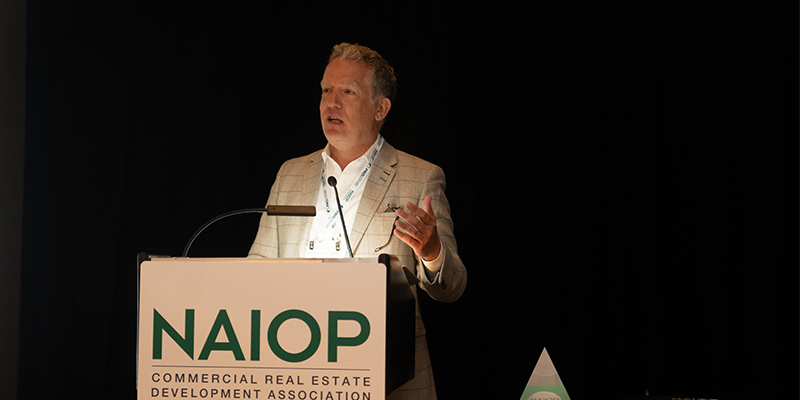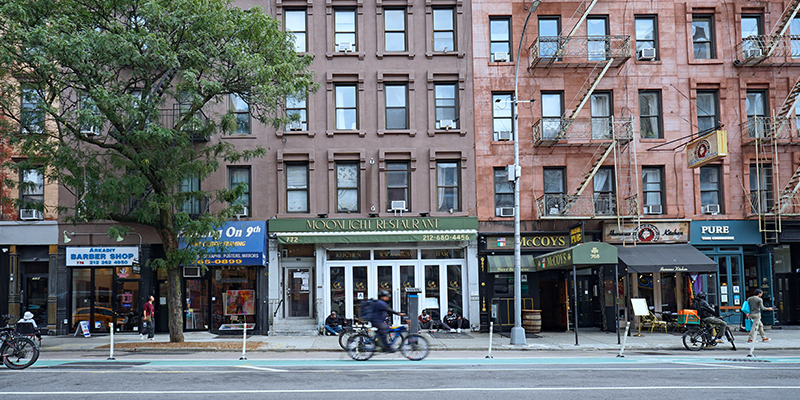As the office sector undergoes transformations in response to evolving work trends and the flight-to quality movement, businesses continue to seek the best office spaces that can suit both their needs and their budgets. For most, the perfect choice may lie in a compromise between location clout and asset quality.
Leveraging recent CommercialEdge data on average asking rents in 160 U.S. markets, CommercialCafe explored several approaches to how much office space a hypothetical yearly budget of $120,000 (or $10,000 per month) could rent.
Prioritizing Location: Balancing The Budget in the Largest US Cities
First, the analysis looked at what footprint options rose to the top when prioritizing location. Specifically, the CommercialCafe report started by delving into how much office space that hypothetical budget could rent in the 50 largest U.S. cities out of the total 160 markets that were surveyed.
Tulsa, Oklahoma, emerged as the city offering the most office space for $10,000 per month (nearly 7,700 square feet for $10,000 per month). Cincinnati was the second-most generous option, with the budget stretching for a little more than 6,230 square feet. Memphis, Tennessee, the iconic music destination that has ranked among the best places in the country for small business growth, landed a very close third (about 6,200 square feet at the average market rate.)
Among the 50 largest markets considered, there were only seven cities where the budget would rent more than 6,000 square feet of office space, including Louisville, Kentucky; New Orleans; Albuquerque, New Mexico; and Kansas City, Missouri.
Putting Top-tier Property Class First
Office space featuring cutting-edge amenities will likely command a premium. If you can’t extend the budget, you’d need to compromise either on the size of your office lease or on the address of your business.
When looking strictly at how much Class A office space the hypothetical budget could rent, the winning location hailed from the mouth of the Chesapeake Bay – the average asking rate for Class A space in Hampton, Virginia, would translate to roughly 7,000 square feet for the given budget. Emerging Midwestern U.S. markets also ranked among the most generous options on this list: in Fort Wayne, Indiana, the budget would stretch for about 6,500 square feet of Class A space, which placed the city second behind Hampton.
Mapping the most generous options for renting top-tier office space revealed that Michigan was the state with the most markets among the top 50 choices for most Class A spaces within budget. For instance, in Troy, Farmington Hills, Auburn Hills, Detroit and Southfield, the $10,000 per month could rent more than 5,000 square feet.
Commodity Space: The Winning Strategy for A Growing Business?
The Class B office asset segment (aka commodity space) often seems to hang far below Class A, but there rarely tends to be such a striking chasm between them. In fact, it might present an up-and-coming business with some strategic practical advantages. For instance, Class B still accounts for the majority of office space in most markets, which means it’s relatively easier to find a space in this asset category.
What’s more, the somewhat older buildings where we’re most likely to find Class B space can be underrated gems featuring unique character and styles that can add to the appeal and presentation of a business. And, while there can sometimes be little difference in terms of price between Class A and Class B in the tightest office markets – such as the highly competitive cities in Silicon Valley and the San Francisco Bay Area – most locations have a lot to offer to young businesses looking to expand and thrive without breaking the bank.
In California, the most Class B space within the given rental budget would be a little more than 5,150 square feet of office space in Sacramento. On a regional level, the winning option in terms of sprawl among Western U.S. locations was Albuquerque, New Mexico (nearly 6,700 square feet).
Mapping the top 50 entries considered for commodity space revealed that the Southern U.S. region contributed the largest selection of markets where the budget stretches for the most Class B office space. Notably, Tulsa claimed top spot for most generous options in this asset class (nearly 8,300 square feet), followed by the Piedmont Triad gem that is Winston-Salem, North Carolina (about 7,600 square feet).
The average asking rate for Class B space in Albany, New York, would translate to roughly 7,300 square feet for the given budget, which placed the cultural and economic center of the capital region of New York state among the top 10 choices. Other notable options in the Northeastern U.S. region included Harrisburg, Pennsylvania, Hartford, Connecticut, and Pittsburgh, the hard-working city that has been successfully transitioning its economy from a steel-centered past to a diverse innovation ecosystem.
Closing Thoughts
While news of large corporate office space users downsizing their office presence may cast some shadows on the state of the office market, it’s important to recognize that these shadows may project a lopsided perspective, which underestimates the adaptability and potential of smaller office properties both in top and in emerging markets.








